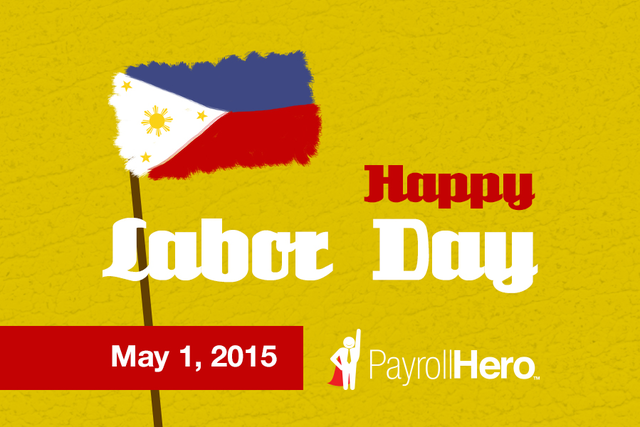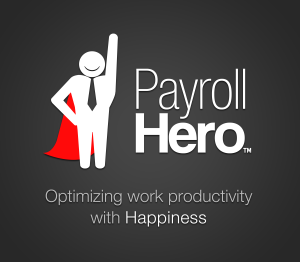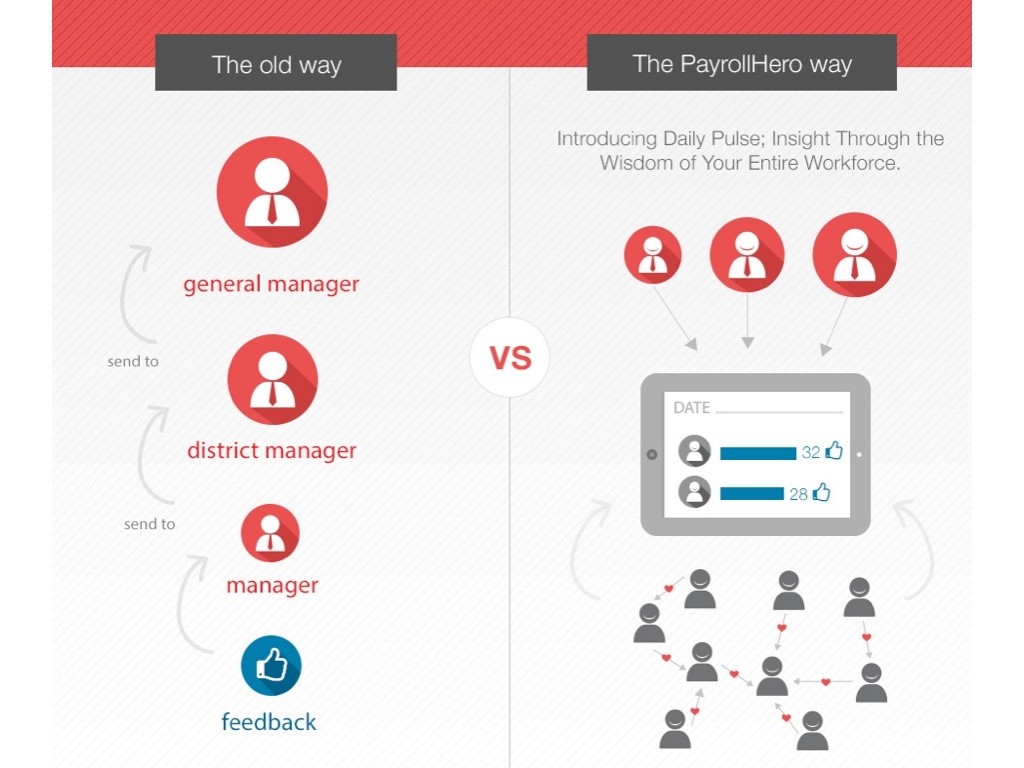
Giving credit where credit is due is an important task for managers to keep the morale of their employees up. Employees like to be noticed and praised for a job well done.
Why are managers not giving enough praise? Besides the fact that you are busy running around, taking care of daily operations; making sure everything is running as it should, finding out which employee did well for the last 4 weeks will take more effort. Most of the time, this task is not on the top of the priority list and so easily overlooked.
PayrollHero can help you look good to your employees!
Surely there are times where you wish you would have remembered to at least say ‘Good Job’ to Bob the cashier for working 8 hours and being the most helpful. Human errors like this can be avoided by using a simple app, where you can monitor your employees day to day work and track how they are performing accurately.
By using the employee feedback app, Daily Pulse, employees are able to ‘like’ their colleagues that was the most helpful at the end of the shift. Another plus, your customer can give their feedback using the Customer Feedback app too- by voting for the employee that was the most helpful to them.
You, the manager, will receive the data in real time via Xray Insights app. The app will show a clearer view of each employee performance and tracks the employee who is getting the most ‘likes’ on that particular shift. Information is readily available for you at a touch of a button. This makes your job so much easier! It also eliminate subjectivity in your decision as it is based on figures- not hearsay.
Work Place Transparency
At PayrollHero, we want to break the conventional workplace hierarchy by making information more transparent within the company. Using mobile or web apps, all managers can readily access whatever information required anytime, anywhere. We recognize that being on the ball is important when running a business- so time should not be wasted on you waiting for information from other managers.
The Data Might Even Surprise You!
You may be glad to find out that the employee that is actually doing great is the person you least expect. It could very well be the person who is clearing the dishes- that is the most helpful employee among the rest and the most ‘likeable’ to your customers.
The app works by making sure every employee is acknowledged, from the chef to the janitor. You can be the best manager who knows exactly the deserving employees to give credit to at the end of the day.
Read our post on Scheduling Best Practices for Managers.
Want to learn how to be a better manager?
Join our next Meetup on 10th Jun 2015 @ 4pm in Singapore.
We will be focusing on tips and tools you can use to better optimize HR and payroll processes, while cutting costs on time and creating a happier work culture.


 Employee benefits are a growing concern for human resource (HR) administrators. South East Asia (SEA) lags behind the global average in terms of providing employee benefits. However, when it comes to maternity leave, the situation has been improving.
Employee benefits are a growing concern for human resource (HR) administrators. South East Asia (SEA) lags behind the global average in terms of providing employee benefits. However, when it comes to maternity leave, the situation has been improving.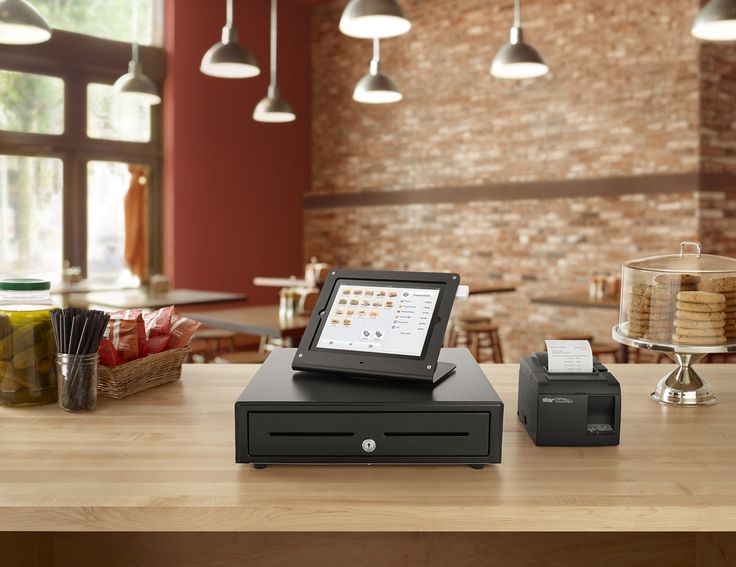
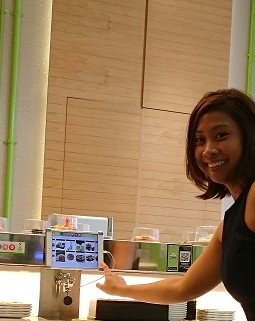
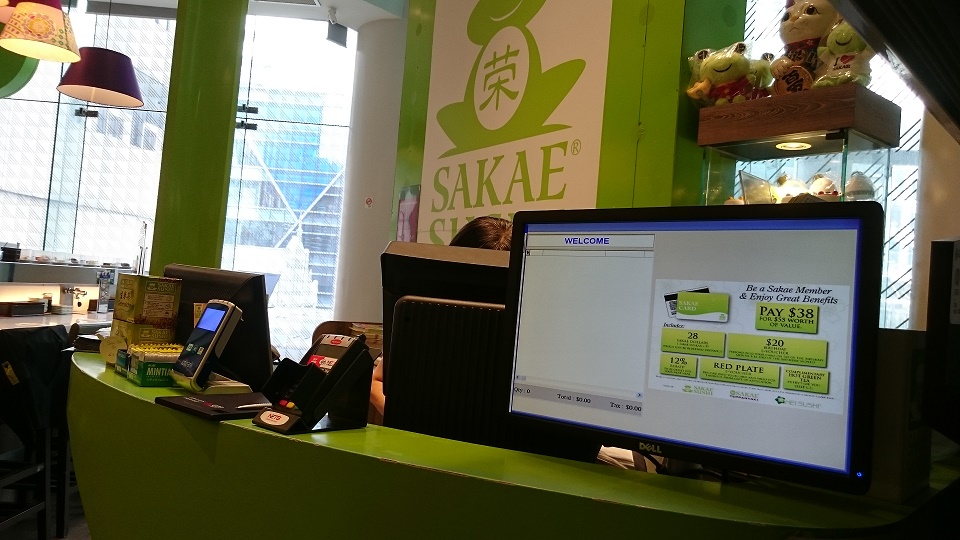
 Q. When and why did you start Advent?
Q. When and why did you start Advent? We launched XO46 Heritage Bistro later that year. It is an advocacy-driven brand whose purpose is to bring forward the best of Filipino cuisine while being an instrument to preserve our vanishing food heritage (no thanks to the influx of fusion cuisine).
We launched XO46 Heritage Bistro later that year. It is an advocacy-driven brand whose purpose is to bring forward the best of Filipino cuisine while being an instrument to preserve our vanishing food heritage (no thanks to the influx of fusion cuisine). I am somewhat of a strange mutt. I am an economist by training…politics is my interest…the hospitality industry is where my expertise lie.
I am somewhat of a strange mutt. I am an economist by training…politics is my interest…the hospitality industry is where my expertise lie.

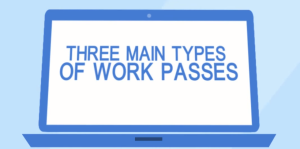 It is important to note that Singapore companies are required to pay Foreign Worker Levy (FWL) for the Work Pass and S Pass holders. This levy is imposed by the Singapore Government to regulate foreign workers numbers in the country.
It is important to note that Singapore companies are required to pay Foreign Worker Levy (FWL) for the Work Pass and S Pass holders. This levy is imposed by the Singapore Government to regulate foreign workers numbers in the country. Q. When and why did you start The Picture Company?
Q. When and why did you start The Picture Company? Q. What is your background? (retail? or you figured it out as you went?)
Q. What is your background? (retail? or you figured it out as you went?)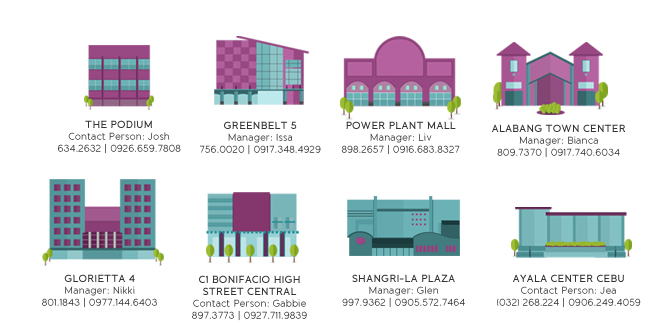 Q. How do you choose a location for The Picture Company?
Q. How do you choose a location for The Picture Company? 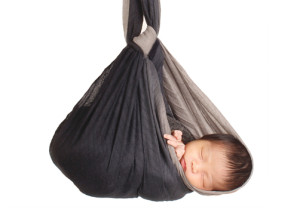 Q. Does a corner location matter for The Picture Company?
Q. Does a corner location matter for The Picture Company?